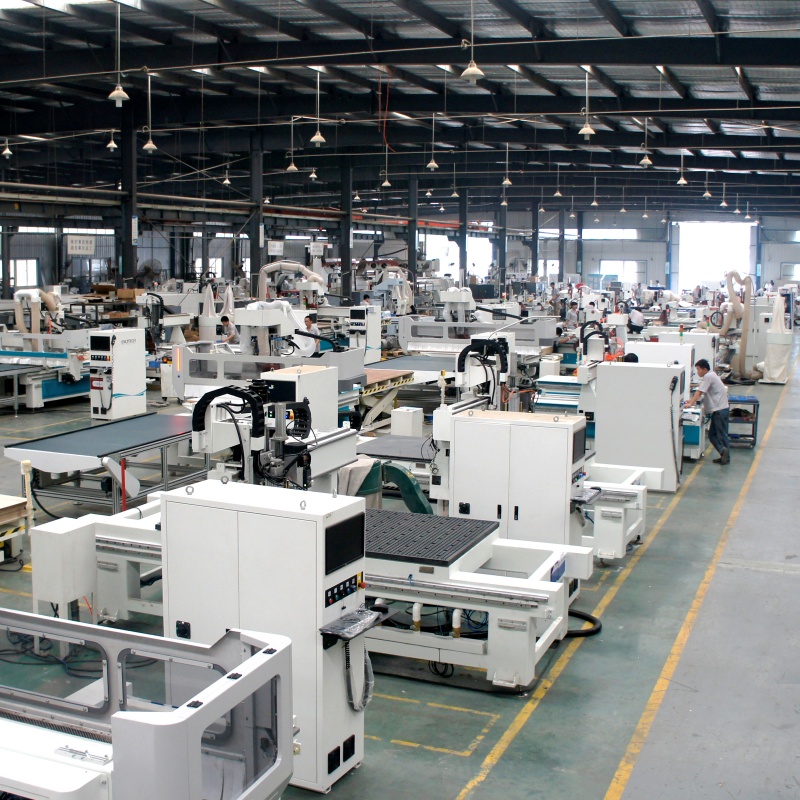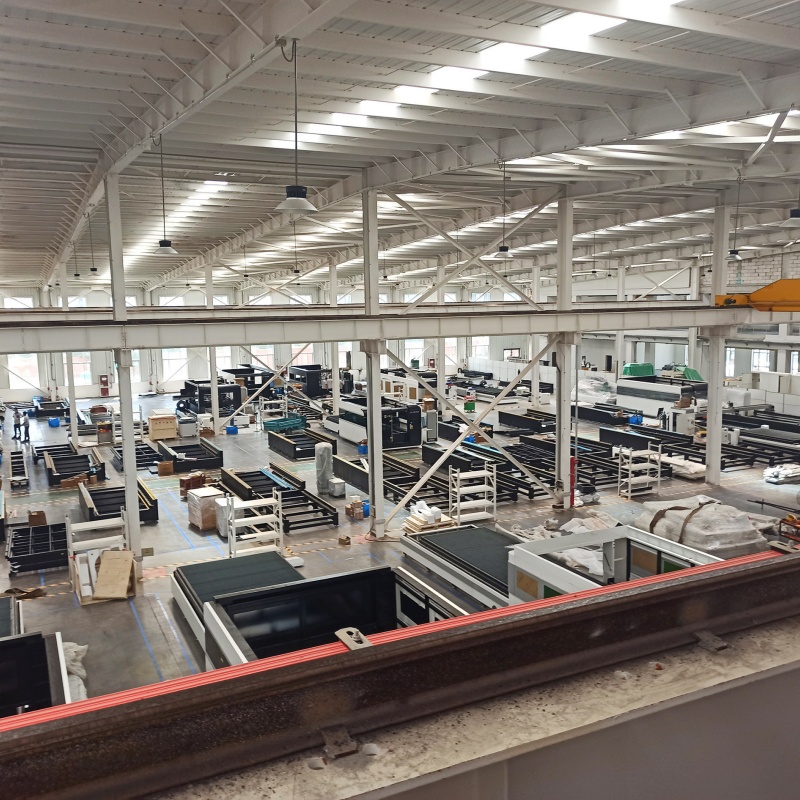In the evolution of industrial manufacturing, every technological innovation is like the dawn of dawn, illuminating the new direction of industry development. The birth and iteration of laser machinery and equipment is such a far-reaching change. From initially meeting the stringent needs of precision machining to becoming the core driving force of intelligent manufacturing today, laser equipment, with its unique technical advantages, deeply reshapes the production model and value chain of modern industry.


1.Laser equipment: the “invisible scalpel” for precision machining
The essence of laser is a high-intensity beam generated by stimulated radiation, which has the characteristics of high energy density, monochromaticity, and directionality. These characteristics give laser equipment an unparalleled advantage in the field of precision machining. In the electronics manufacturing industry, the precision of chip cutting and packaging is required to reach the micron or even nanometer level. Traditional processing methods are difficult to meet the needs, and laser cutting equipment can achieve precise cutting of silicon wafers with its extremely fine beam after focusing. The error can be controlled within a very small range to ensure the performance and yield of the chip. In jewelry processing, laser engraving technology can carve complex patterns and texts on the surface of extremely small gemstones, without damaging the gemstone material, and can present exquisite details, giving jewelry unique artistic value.
Not only that, laser welding technology also shines in precision processing. In the field of medical device manufacturing, precision devices such as heart stents have extremely high requirements for welding strength, sealing and cleanliness. Laser welding can achieve instant high-temperature fusion to form a uniform and firm weld, and the heat-affected zone is extremely small, avoiding the problem of deformation or performance degradation of the device due to welding, and ensuring the safety and reliability of medical devices.
2.Laser equipment upgrade under the wave of intelligent manufacturing
With the popularization of Industry 4.0 and intelligent manufacturing concepts, laser equipment is no longer limited to a single processing function, but is deeply integrated with automation, digitalization, and intelligent technologies, realizing the leap from “single machine operation” to “smart production”.
Automation is the first step for laser equipment to move towards intelligent manufacturing. By integrating automated devices such as robotic arms and conveyor belts, laser processing production lines can realize automatic loading, processing and unloading of materials, greatly reducing manual intervention and improving production efficiency and stability. In the automobile manufacturing industry, the laser welding automated production line can complete the welding of automobile bodies in a short time. It is not only fast, but also has stable welding quality, which effectively improves the production efficiency and safety of automobiles.
Digital technology has equipped laser equipment with a “smart brain”. Using computer-aided design (CAD) and computer-aided manufacturing (CAM) software, engineers can design processing plans in a virtual environment, accurately simulate the laser processing process, predict possible problems in advance and optimize them. At the same time, the built-in sensors of the laser equipment can collect data such as temperature, speed, and energy during the processing process in real time, transmit them to the cloud through the industrial Internet, and use big data analysis technology to achieve precise control of the processing process to ensure the consistency of processing quality.
The introduction of artificial intelligence technology has enabled laser equipment to have the ability of “self-learning”. Through machine learning algorithms, laser equipment can analyze a large amount of processing data, automatically optimize processing parameters, and adapt to the processing needs of workpieces of different materials and shapes. For example, in sheet metal processing, the laser cutting machine can automatically adjust the laser power and cutting speed according to the thickness and material characteristics of the sheet to achieve efficient and high-quality cutting effects and reduce scrap rates.
3. Multi-dimensional value of laser equipment driving intelligent manufacturing
The deep integration of laser equipment and intelligent manufacturing has brought all-round value enhancement to industrial manufacturing. In terms of production efficiency, the automated and intelligent laser processing production line can achieve 24-hour uninterrupted operation, and the production efficiency is several times higher than that of traditional production lines. In terms of product quality, precise processing control and real-time data monitoring ensure the high precision and consistency of the product and reduce the defective rate. In terms of cost control, automation reduces labor costs, intelligently optimizes processing parameters, reduces energy and material consumption, and maximizes production benefits.
In addition, laser equipment also provides support for the green development of the manufacturing industry. Compared with traditional processing methods, laser processing has no tool wear, no cutting waste, and a small heat-affected zone, which reduces energy consumption and environmental pollution, and is in line with the concept of sustainable development.
4. Challenges and the future: the advanced path of laser equipment
Although laser equipment has shown strong vitality in the field of intelligent manufacturing, it also faces many challenges. On the one hand, the core technologies of high-end laser equipment, such as high-power lasers and precision optical components, are still in the hands of a few foreign companies, and my country still needs to increase R&D investment in the localization of key components. On the other hand, as intelligent manufacturing continues to increase the requirements for the intelligence of laser equipment, how to achieve a deeper integration of equipment with technologies such as industrial Internet and artificial intelligence, and build a more complete intelligent manufacturing ecosystem, has become an urgent problem to be solved in the industry.
Looking to the future, laser equipment will develop in the direction of higher power, higher precision and more intelligence. The continuous breakthroughs in ultrafast laser technology and fiber laser technology will further expand the application field of laser equipment; the integration with new generation information technologies such as 5G and the Internet of Things will promote laser equipment to play a greater value in intelligent manufacturing. It can be foreseen that laser mechanical equipment will continue to be the core driving force of industrial manufacturing, leading the industry to move towards a smarter, more efficient and greener direction.
The above article fully demonstrates the evolution and important role of laser equipment in industrial manufacturing. If you have any adjustments to the length, depth of content, etc. of the article, or want to add specific details, you can tell me at any time.


